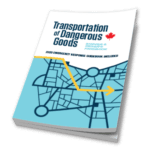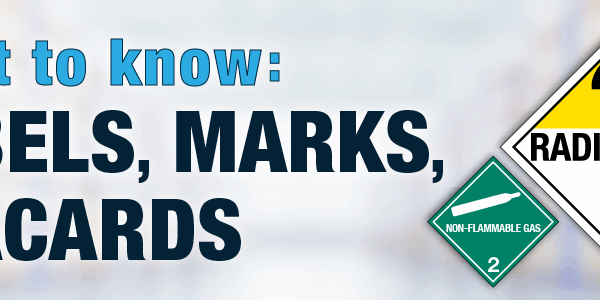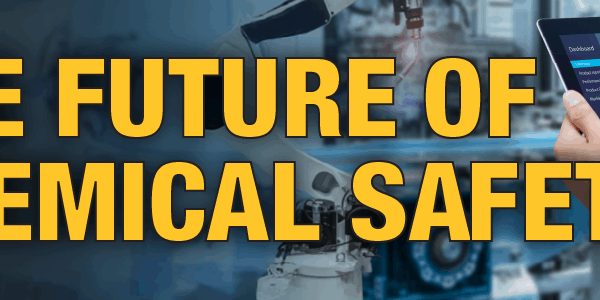
Reduce Risks with AI and Robotics in Waste Management
While the primary focus of AI and robotics in waste management has been on sorting recyclable plastics, these technologies hold immense potential for addressing broader environmental challenges. One critical area where AI could make a significant impact is in the identification and removal of hazardous materials from the waste stream, such as lithium batteries, paint cans, and aerosol.
The Hazard of Lithium Batteries in Landfills
Lithium batteries, commonly used in electronic devices, pose a severe risk when disposed of improperly. These batteries can cause fires and explosions if they are damaged or punctured, which is a significant concern in recycling facilities where waste is compacted and sorted. A recent video circulating on LinkedIn highlights a battery fire that began in a recycling plant. Fortunately, the smoldering battery was retrieved by workers before it caused significant damage. Incidents like this underscore the need for advanced detection and removal systems.
AI and Robotics to the Rescue
AI and robotics can provide a robust solution to these challenges. Here’s how:
- Advanced Detection Systems: Using AI-powered vision systems, robots can be trained to identify hazardous items like lithium batteries among other waste materials. These systems use cameras and sensors to scan and recognize various objects based on their shape, size, and other characteristics. AI algorithms can then analyze this data in real-time to detect hazardous items that human workers might miss.
- Automated Sorting and Removal: Once hazardous items are detected, robotic arms can precisely and safely remove them from the waste stream. These robots can be programmed to handle hazardous materials with care, reducing the risk of fires or chemical spills. For instance, a robot could pick out a lithium battery and place it in a designated safe container for proper disposal or recycling.
- Continuous Monitoring and Adaptation: AI systems can continuously learn and adapt to new types of waste. As new hazardous materials enter the market, AI algorithms can be updated to recognize and safely manage these items. This adaptability ensures that the waste management system remains effective and safe over time.
Case Study: AI in Hazardous Waste Management
Imagine a recycling facility equipped with Glacier’s AI-powered robots. As waste moves along the conveyor belt, the AI vision system scans each item. A lithium battery is detected among a pile of plastic and metal waste. The AI system immediately identifies it as hazardous, and the robotic arm carefully removes the battery, placing it in a special container designed to handle hazardous waste. This automated process not only prevents potential fires but also ensures that hazardous materials are properly disposed of, reducing environmental contamination.
The Future of Hazardous Waste Management
The integration of AI and robotics in waste management is not just a technological advancement; it represents a significant step towards a safer and more sustainable future. By expanding the applications of AI beyond plastics to include hazardous materials, we can drastically reduce the risks associated with improper waste disposal.
Benefits of AI in Hazardous Waste Management
– Increased Safety: Reducing the risk of fires and chemical spills in recycling facilities.
– Protection: Preventing hazardous materials from contaminating landfills and the environment.
– Efficiency and Accuracy: Improving the accuracy of hazardous waste detection and removal, leading to more efficient recycling processes.
As North America and other countries continue to innovate in the field of waste management, the use of AI and robotics will be crucial in addressing the complex challenges of hazardous waste. These technologies offer a promising solution to ensure that not only recyclable plastics, but also dangerous materials are diverted from landfills, contributing to a cleaner and safer planet.
Conclusion
The future of waste management looks bright with the integration of AI and robotics. These technologies are not only improving the accuracy and efficiency of recycling but also have the potential to tackle more complex challenges, such as the safe disposal of hazardous waste. As North America continues to innovate and advance in this field, we can look forward to a more sustainable and safer approach to managing our waste.
Do you have questions about hazardous waste? Our team of experts is just a call away for our customers at 855.734.5469 or send us an email, we’re happy to help.
Stay up to date and sign up for our newsletter!
We have all the products, services and training you need to ensure your staff is properly trained and informed.
 TDG Publications TDG Publications |
 Lithium Battery Shipping Kit Lithium Battery Shipping Kit |
 Placards Placards |
References:
- Fortune.com: These AI-enabled recycling robots are helping businesses be more sustainable by ALYSSA NEWCOMB June 14, 2024
- These AI-enabled recycling robots are helping businesses be more sustainable | Fortune





